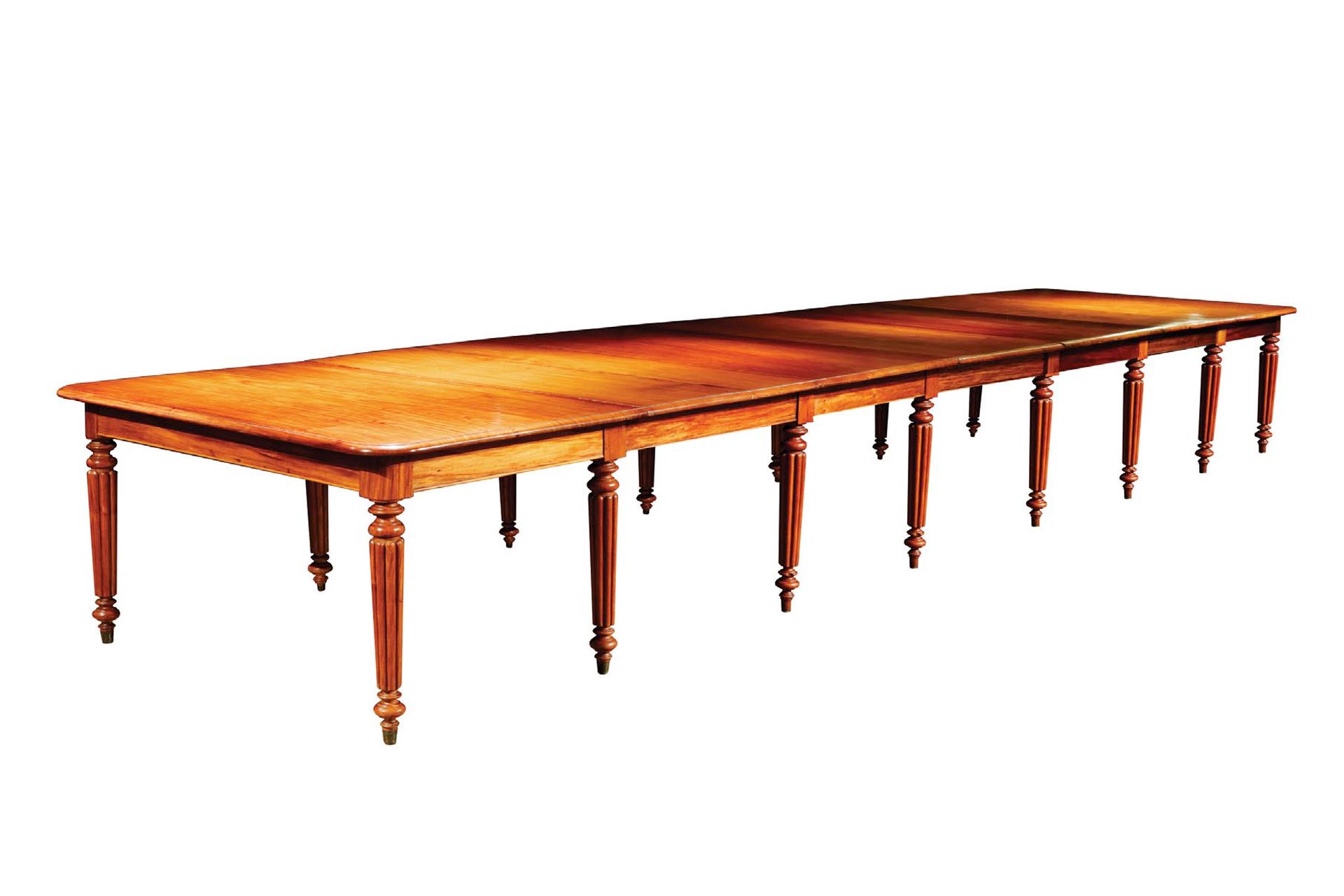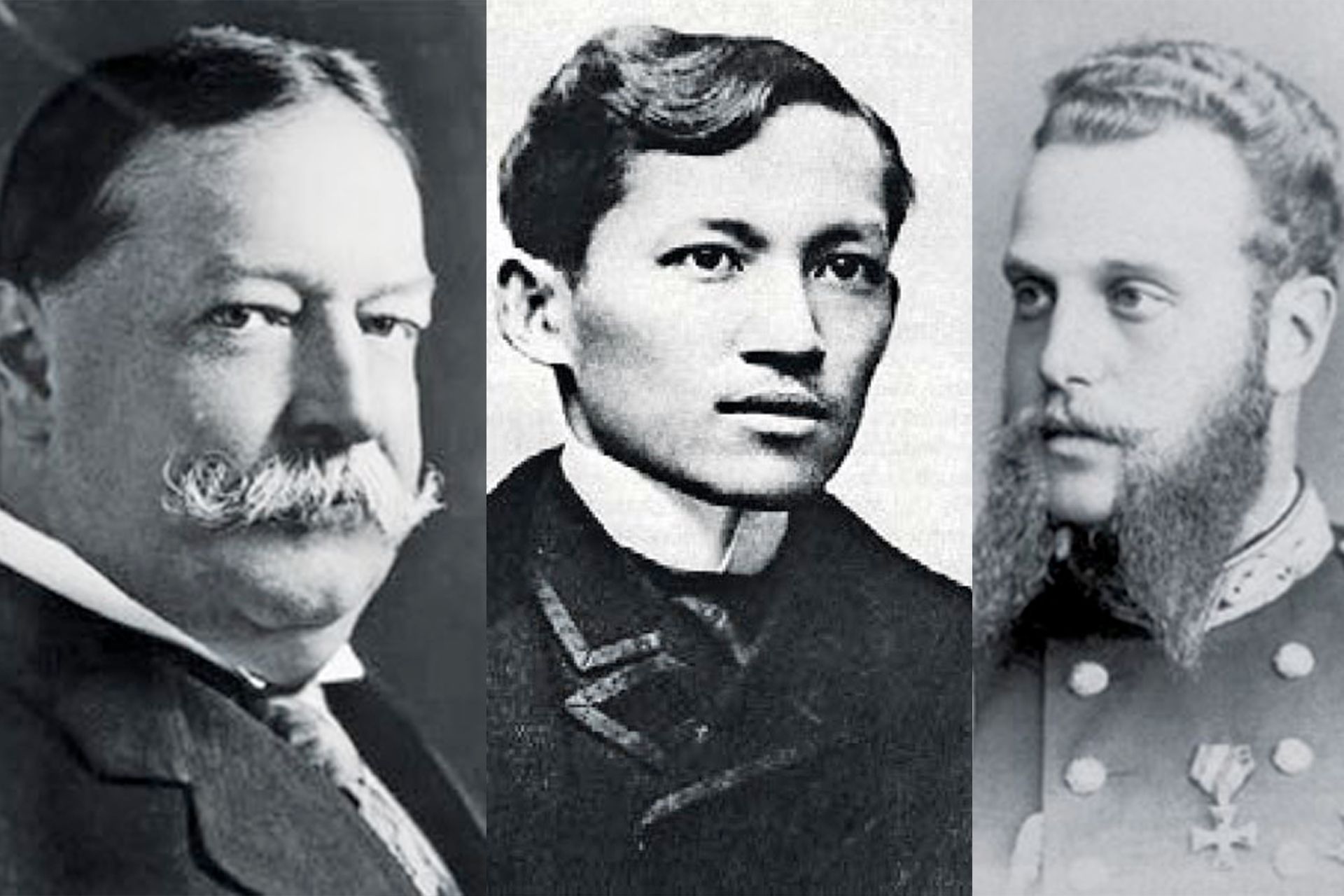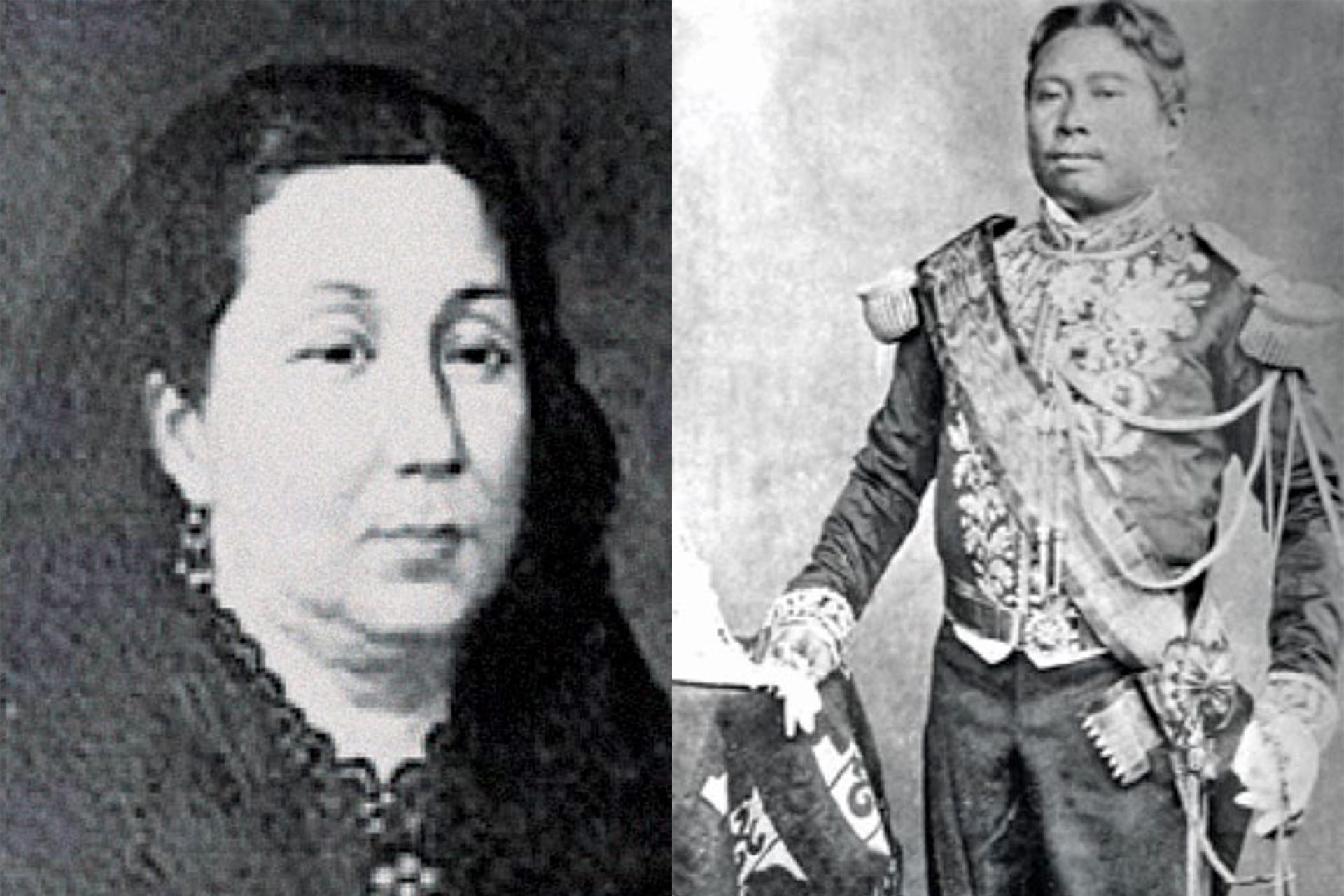A treasured antique tells the story of a family that embodied genteel and refined living during the Golden Age of Sulipeno hospitality.
Mention the name “Sulipan” to those with an interest in Philippine gastronomy and hospitality, and you will hear numerous tales of sumptuous feasts served to distinguished guests in great houses in what was, at the time, the heart of the booming sugar trade in Central Luzon. But while many Sulipeño families were known for their fine homes and excellent cookery, it was the Arnedos who set the pace when it came to entertaining in grand Sulipan style.
Considered one of the most notable members of that clan, Capitan Joaquin Arnedo and his wife Maria were known for their generous hospitality and the way they set the standards, at the time, for truly refined living. Both born into families with extensive plantations of rice and sugar, the Arnedos lived by the banks of the Rio Grande de Pampanga in a home—actually two grand houses linked together by a bridge—that rivalled even the most magnificent mansions in Manila in terms of style and elegance.

But, more than for their wealth, the Arnedos were also famed for the warm welcomes that guests received at their home and the sumptuousness of the dishes that came from their kitchens. Indeed, such was the excellence of the fare and the family’s generosity, that Felix Roxas—considered the first Filipino architect to gain prominence—was moved to speak grandly of his hosts. “Hospitality bordered on the incredible,” he said of the Arnedos. “[The] guests returned to their homes praising the Sulipeño generosity and the frank and gentlemanly behaviour of Capitan Joaquin, speaking highly of his wife, Capitana Maria, and daughter Pinang, who spared no efforts to attend properly to their guests. This attitude clearly reveals the noble spirit of that remarkable family, remembered affectionately by many as the acme of Filipino hospitality.”


